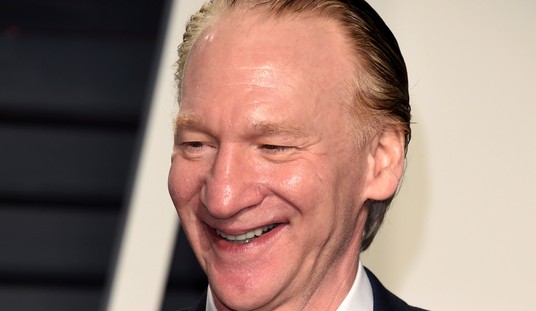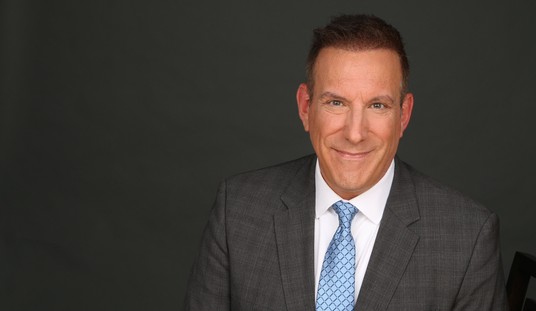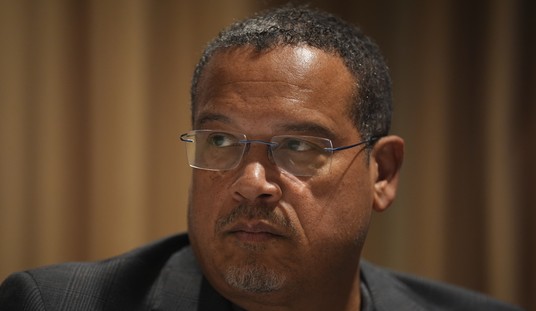Some of the talk about a pending blue wave is receding, particularly as the President’s poll numbers continue to creep upward, but Democrats still have to finalize a messaging strategy for the midterms. Given historical trends, anything less than a real wave (potentially taking over control of at least one chamber of Congress) would be seen as a significant fail at this point. But there doesn’t seem to be much agreement in the Dem leadership as to precisely what that message is going to be. The Hill reports that some of the senior Democrats are pushing hard for the same sort of message that drove them to victory in 2006. That means a focus on policy issues and restoring faith with working class voters who largely went over to Trump in 2016.
House Minority Whip Steny Hoyer (D-Md.) said recently he’d “focus like a laser on job creation, infrastructure and skills training investment.”
Rep. Joseph Crowley (N.Y.), chairman of the House Democratic Caucus, said he’d like to prioritize health-care access, affordable college tuition and oversight of the Trump administration.
Rep. Linda Sánchez (Calif.), vice chairman of the Democratic Caucus, added another item to the list: retirement security.
Well, at least they seem to be backing away from the Nancy Pelosi platform package which primarily consists of a promise to raise your taxes.
So let’s take a look at the agenda items being put forward and the challenges the Democrats may be facing. Between the various leaders quoted in this report they’ve come up with what appears to be a fairly sensible, standard list. Jobs, infrastructure, skills training, healthcare and cheaper college tuition are all in play. These are historically popular goals so it makes sense to return to what’s worked for you before. But the landscape has changed a bit on both sides of the aisle and that may lead to some problems.
First of all, some of these issues aren’t really available to be claimed by Democrats as their calling card. Jobs are always key, but it’s tough to make the claim that the country needs to switch parties to create more jobs when the unemployment rate is the lowest it’s been since 2000. Infrastructure is always a popular topic as well, but both parties are already fighting to push an infrastructure bill. The problem is that nobody wants to pay for it. Healthcare remains a significant concern, but they had a long stretch of time in power and passed Obamacare. If that’s not working for the voters it will be hard to pin it on the GOP. Making college tuition more affordable would be a big winner for them but, again, they have no idea how to make that happen.
The other problem with this approach has everything to do with their base. That list of policy items is, as I said, rock solid in terms of traditional political strategy. But it certainly doesn’t seem like a list of priorities that their vocal supporters want to hear about right now. The Democrats are already in the process of holding a shadow primary for their 2020 POTUS bid in parallel with the midterms. What their supporters want to hear about is gun confiscation, identity politics, social justice and generally opposing Donald Trump. Aside from the last item on that list, these are some dangerous planks for the Democrats to be walking, but if they don’t please the loudest members of the hard left they’ll have a tough time of things in the primary season which is now beginning.
There’s an old saying about how you have to dance with the one that brung you. And for the Democrats this year, that doesn’t mean wonkish discussions of appropriations bills. Their base wants a revolution and their leadership may have to go along with the idea. That could leave the blue wave crashing badly on the rocks come November.







Join the conversation as a VIP Member